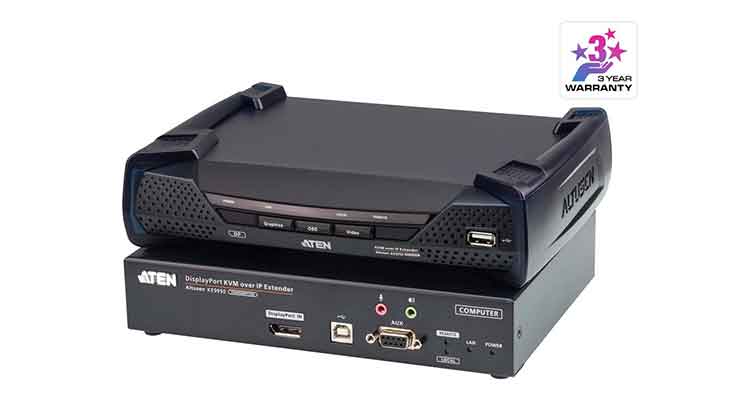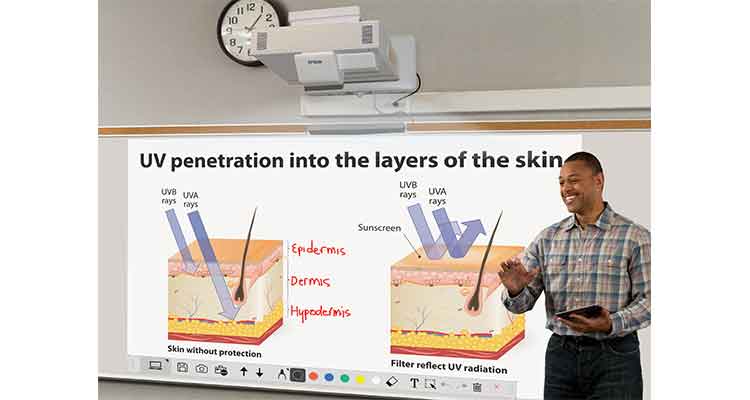Top Ten Pro AV Myths
By Brian E. Huff, CTS-D
After you’ve been in the Pro AV business for awhile, you start to recognize certain project approaches that have a recognizable and uncomfortable ring. They often sound logical and reasonable in casual conversation. But some are extremely ill-advised, and if the client is not educated about the realities of professional AV project management, these expectations can become expensive and time consuming diversions for all involved. Here are ten of my favorites:
Myth #1: By the time this project (goes to bid, gets installed, etc.) the technology will be half as expensive as it is now.
Truth: Moore’s law is a powerful force, and consumer technology does get cheaper, but user expectations typically increase to make up the difference. In other words, the originally planned $10,000, 3,000 ANSI lumen NTSC video projector has been replaced by two $5,000, 3500 ANSI lumen HD video projectors because now dual-screen Hi-Def display is required in every room.
Myth #2: The holidays are down time for us, so that’s when we’ll get the project installed.
Truth: Hard to imagine, but Pro AV engineers and installers are normal human beings, with families, children, and demanding work schedules. And the best designers, technicians, and project managers are employed by quality companies that don’t usually ask them to work on Christmas Day. If they choose to work over the holidays, they will be compensated with time and a half or double time pay which will be passed on to the client.
Myth #3: I’ll buy some or all of the gear online and save a bundle.
Truth: Good luck convincing a quality integrator to install gear bought on the Internet and then require them to stand behind it. Contractors need the revenue and cash flow from equipment sales to stay in business, and labor-only jobs will be very unattractive when there is plenty of work around that is profitable in both the labor and equipment categories.
Myth #4: We have connections with XYZ manufacturer and can get a lot of this gear donated.
Truth: You may in fact be able to get equipment donated, but as with equipment purchased elsewhere, professional integrators will find the project less appealing and may not warranty it if it wasn’t bought though their purchasing department. More importantly, donated equipment is shipped when and if the manufacturer can spare it, so don’t expect the project to be completed on any predictable timetable.
Myth #5: Now that the Pro AV contractor has been paid in full, they should be happy to come back and finish the work.
Truth: This one should be self explanatory, but just in case, when a contractor receives final payment, it is commonly interpreted as the owner’s indication that they are happy with the project and consider the installation and the contractor’s on-site work complete.
Myth #6: My neighbor’s son-in-law is an AV technology expert, and he says that the system you specified is (too expensive, not cutting-edge enough, should include XYZ products, etc.)
Truth: If your neighbor’s son-in-law was really so knowledgeable, he’d be gainfully employed as a Pro AV systems designer, not working at the local DVD rental store. Alternatively, if he actually is as knowledgeable and experienced as he says, perhaps he’d like to apply for a position at our firm? Please forward his resume, we are always looking for new talent!
Myth #7: There’s no difference between AV contractors, and we’re sending the bids to them all.
Truth: There’s a huge difference between audiovisual systems integrators, and you’d be well advised to find out which ones are best suited to manage your project. Some are one-man shops working out of the trunk of their car, and some are $100 million corporations with large engineering departments, installation crews, and professional project managers. And there are good and bad integrators all across the spectrum.
Myth #8: If I buy ten units, I should get a substantial discount.
Truth: If you’re buying a popular product, chances are it’s already being sold at end-column cost, and ten or even a hundred units won’t change the pricing structure much. However, if you’re talking about one thousand units, that could be worth discussing.
Myth #9: AV won’t impact the building design or construction schedule, so we’ll add it in after we have finalized everything else.
Truth: AV impacts everything, including the building footprint, room configurations, tel/data plans, HVAC design, lighting, building power, furniture, seating, acoustics, you name it. If you want AV that looks and performs like an afterthought, then by all means put it in after the building is designed.
Myth #10: Once the equipment is installed, I won’t have to worry about it anymore.
Truth: AV equipment, just like anything else, needs maintenance, repair, and an occasional upgrade. A $100,000 AV system will essentially cease to function within 5 years without care and feeding. In addition, users will abandon systems that don’t function reliably, so it’s prudent to plan for the cost of increased internal technical support staff, or contract with an outside support vendor for as long as you expect to own the system.
There are many more of these examples in all facets of our industry, and while it’s easy for me to satirize them in an industry forum, it’s not so easy to convince clients that their notions are ill-advised. It is always best to offer up some examples of why certain assumptions may not be in the client’s best interest, and most importantly, to illustrate a better approach to the perceived problem. This is known as managing expectations, and is the key to good project supervision.
Above all, it is imperative to respond to all client preconceptions, however naïve or ill-informed with a consistent level of respect and diligence. That’s why clients hire professional AV personnel, to help them avoid pitfalls, bring knowledge and experience to the table, and guide them through the complicated world of technology with empathy and sincerity.
Brian E. Huff, CTS-D is a Supervisory Consultant at Acentech Incorporated, has more than 20 years of experience designing and specifying audiovisual systems for education, corporate, and government clients. Brian holds a High Technology MBA from Northeastern University, is an INFOCOMM CTS-D and a member of AES and SMPTE. He can be contacted at (610) 476-1734.





